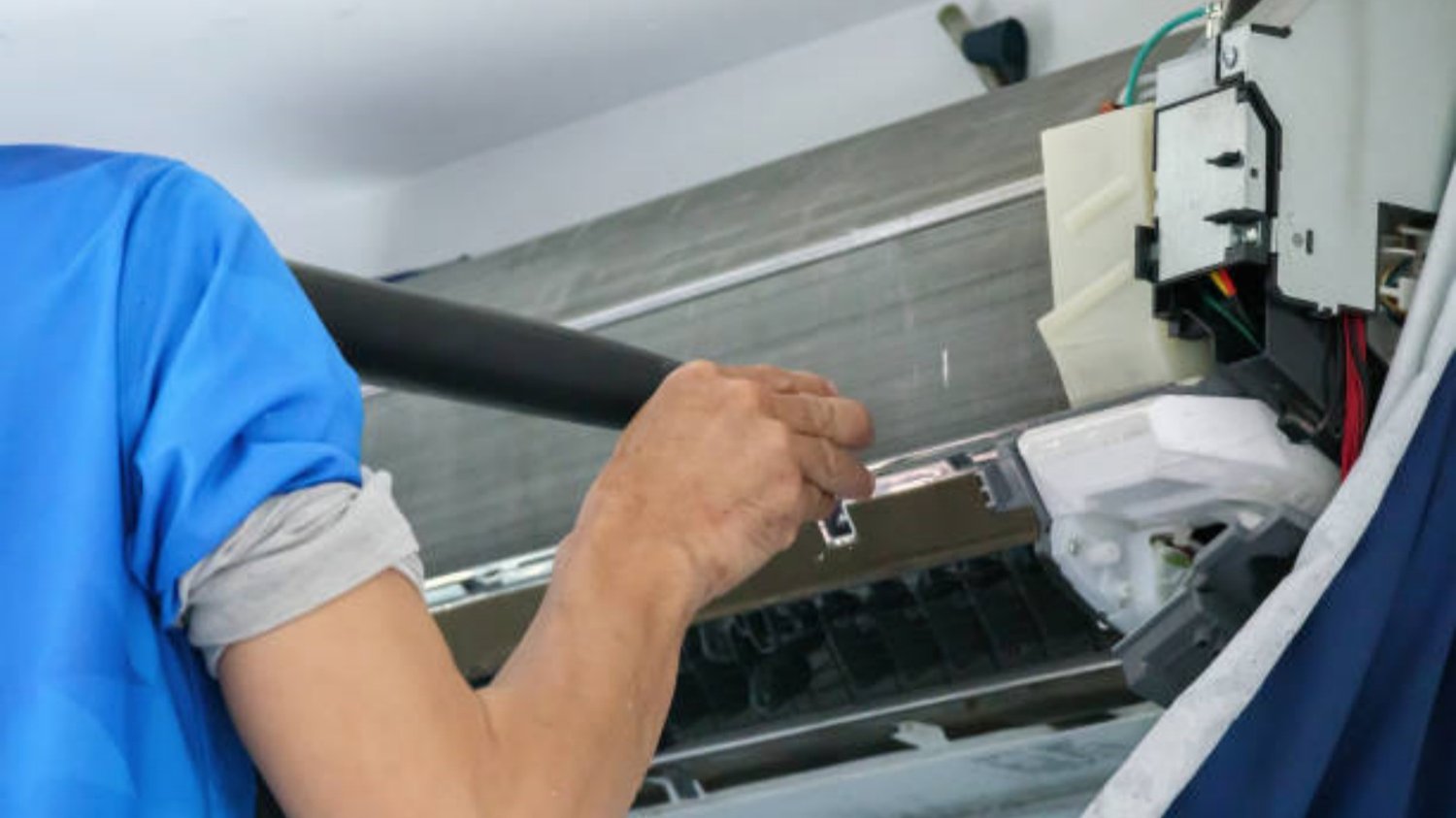How to Straighten a Metal Coil: A Comprehensive Guide
When it comes to working with metal coils, achieving a straight and even shape is crucial. Whether you are a professional metalworker or a DIY enthusiast, knowing how to straighten a metal coil is a valuable skill to have. In this article, we will explore various methods and techniques that can help you effectively straighten a metal coil, ensuring optimal performance and quality in your projects.
Understanding the Importance of Straightening a Metal Coil
Before delving into the techniques of straightening a metal coil, it is important to understand why this process is necessary. Metal coils are commonly used in various industries, including manufacturing, construction, and automotive, to name a few. These coils often arrive in a coiled or curled shape due to the manufacturing or transportation process. Straightening the coil is essential to ensure dimensional accuracy, proper fit, and consistency in the final product.
Method 1: Using a Coil Straightening Machine
One of the most efficient ways to straighten a metal coil is by using a coil straightening machine. These machines are specifically designed to handle the straightening process, offering precise control and consistent results. The coil is fed through the machine, passing through a series of rollers and guides that gradually straighten it. This method is ideal for large-scale productions or when dealing with coils of significant length and thickness.
Method 2: Hot Straightening
In some cases, particularly when dealing with certain types of metals or alloys, hot straightening may be required. This method involves heating the metal coil to a specific temperature range where it becomes more malleable. Once heated, the coil is straightened using specialized tools and equipment. It is important to note that hot straightening should only be performed by trained professionals due to the high temperatures involved.
Method 3: Cold Straightening
Cold straightening is a widely used method that can effectively straighten most metal coils. This technique involves applying controlled pressure and tension to the coil, gradually straightening it. Cold straightening is often performed using a straightening press or a hydraulic press. The coil is fed through the press, and pressure is applied until the desired straightness is achieved. This method is suitable for various types of metals and offers a cost-effective solution.
Method 4: Mechanical Straightening
For smaller coils or coils with a lower thickness, mechanical straightening is a viable option. This method involves manually straightening the coil using specialized tools such as pliers or a coil straightening jig. The coil is carefully manipulated and bent in the opposite direction of its curl, gradually straightening it. Mechanical straightening requires patience and precision but can be an effective solution for smaller projects or when a coil straightening machine is not available.
Method 5: Tension Leveling
Tension leveling is a technique commonly used to straighten metal coils with a significant amount of internal stress. This method involves passing the coil through a series of rollers while applying controlled tension. The tension helps to elongate the coil, reducing internal stresses and resulting in a straighter shape. Tension leveling is particularly useful for materials like steel and aluminum, where internal stresses can cause distortion and shape irregularities.
Method 6: Annealing
When dealing with coils that are difficult to straighten due to their hardness or internal stresses, annealing can be a beneficial step. Annealing involves heating the coil to a specific temperature range and then slowly cooling it down. This process helps to relieve internal stresses and soften the metal, making it easier to straighten. Annealing should be performed with caution, as improper temperature control or cooling can lead to undesired results.
Method 7: Combination Methods
In some cases, a combination of different straightening methods may be necessary to achieve the desired result. For example, a metal coil may require both hot straightening and cold straightening to effectively straighten and remove any residual stresses. It is important to assess the specific characteristics of the metal coil and consult with experts to determine the most appropriate combination of methods.
Method 8: Proper Handling and Storage
Preventing coil distortion and maintaining straightness starts with proper handling and storage. Metal coils should be handled with care to avoid excessive bending or dropping, which can lead to permanent shape deformations. Additionally, storing coils in a flat and controlled environment, preferably on racks or pallets, can help maintain their straight shape and prevent unnecessary damage.
Method 9: Quality Control and Inspection
Regular quality control and inspection are crucial to ensure the straightness and integrity of metal coils. This includes visual inspections, dimensional measurements, and testing for any residual stresses or deformations. Implementing a comprehensive quality control process helps to identify any issues early on and allows for corrective actions to be taken before the coils are used in production.
Method 10: Seeking Professional Assistance
While many straightening methods can be performed in-house, there are instances where seeking professional assistance is the best course of action. Complex projects, specialized materials, or large-scale productions may require the expertise and equipment of professional metalworking companies. These experts have the knowledge and experience to handle various types of metal coils and ensure optimal straightening results.

